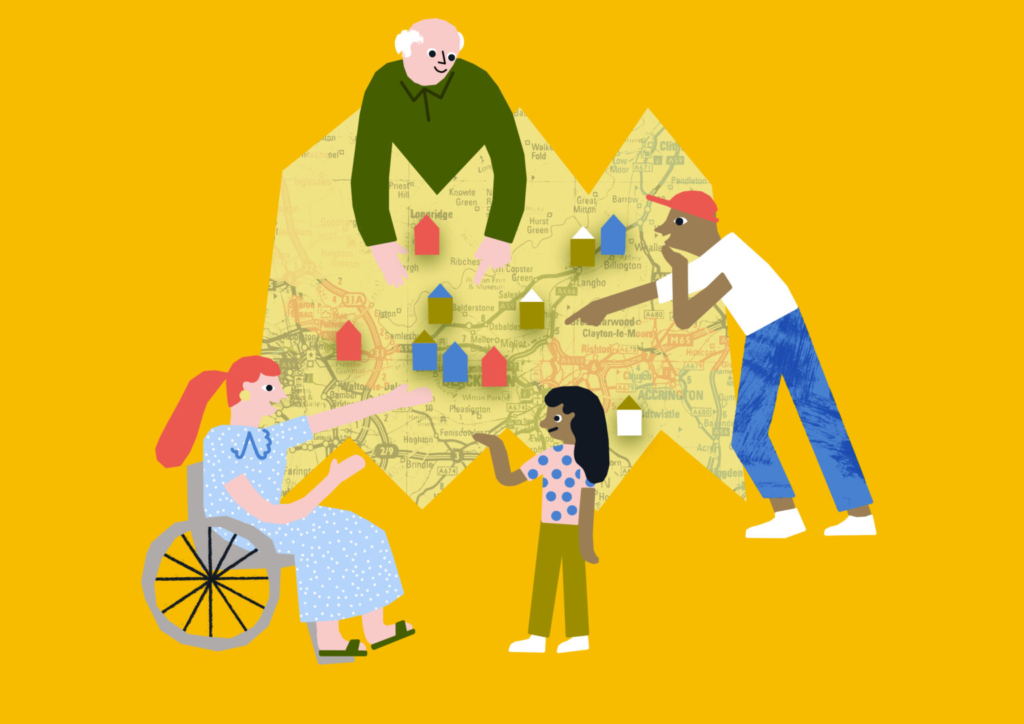City Know-hows

The ‘runnability of cities’ as a novel spatial planning approach can enhance healthier and more enabling environments for everyone.
Share
Target audience
City planners, majors, politicians, local governments and sports agencies
The problem
The significance of healthy environments is gaining greater prominence, especially since the recent Covid-19 pandemic that enhanced the importance of safe and accessible spaces for urban residents. Yet, urban spaces are under pressure and dedicated approaches are needed in order to prioritise space for healthy communities.
What we did and why
We investigated the concepts of healthy environments, healthy cities, contemporary challenges of our cities, healthy communities, and runnable cities to unpack the notion of ‘runnability’ within the spatial planning context. We introduced the notion of ‘runnability’ in context of the perceived attractiveness and qualify of the urban environment. We call for a global runnable cities approach.
Our study’s contribution
This study positions the ‘runnability of cities’ as a spatial planning approach and as a result:
• Enhance global progress towards healthier, enabling environments for all.
• Provides a new perspective to spatial planning and healthy communities
• Showcase case studies where various elements (social, environmental and economic) relevant to runnable cities have been explored.
Impacts for city policy and practice
This research provides a novel approach to city planning through the lens of runnability. By positioning “runnable cities” as a spatial planning objective, significant progress can be made towards the development of healthier and health enabling environments worldwide.
Further information
Full research article:
Towards healthier, enabling environments for all: positioning the ‘runnability of cities’ as a spatial planning approach by Jua Cilliers and Slawomir Ledwon
Related posts

Cities can build stronger, healthier, and more resilient communities by tailoring resilience strategies to the unique vulnerabilities and strengths of each neighbourhood. This approach ensures resilience is integrated into both emergency response and the long-term development of urban areas.

How can community consultations in planning be more effective, inclusive, and be ready for the post-pandemic era? Results from the project Community Consultation for Quality of Life find that participation in consultation can lead to increased wellbeing for individuals and communities.